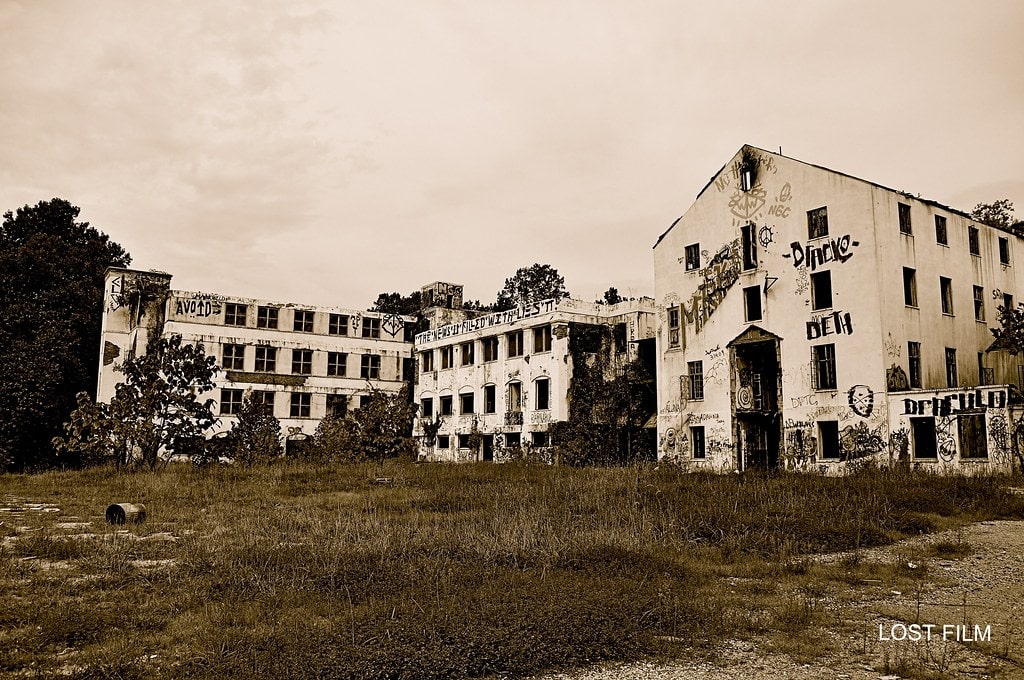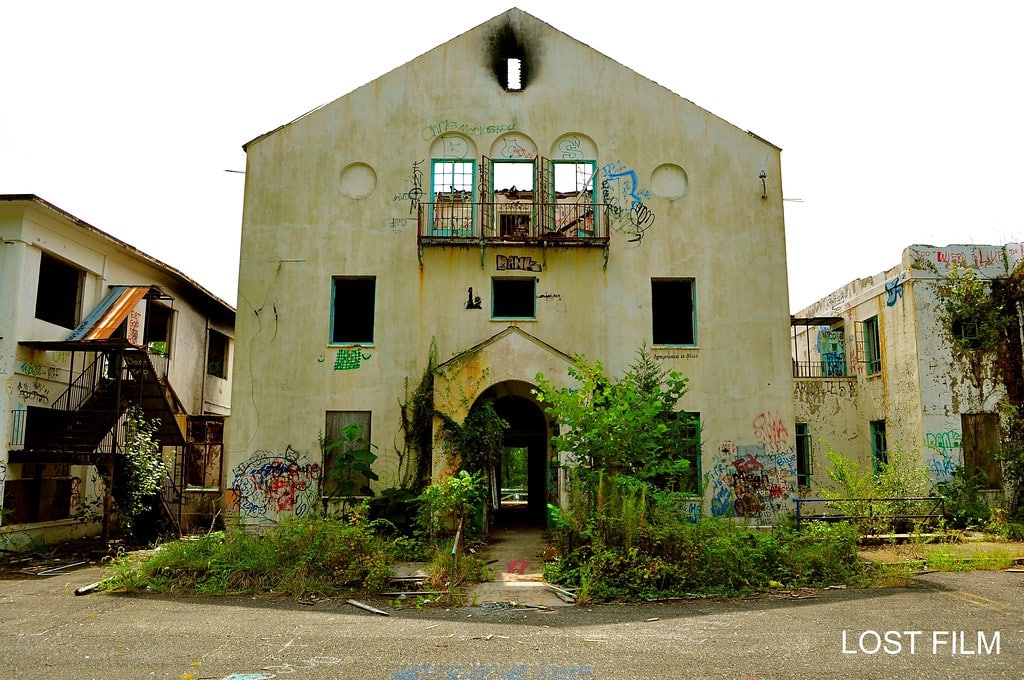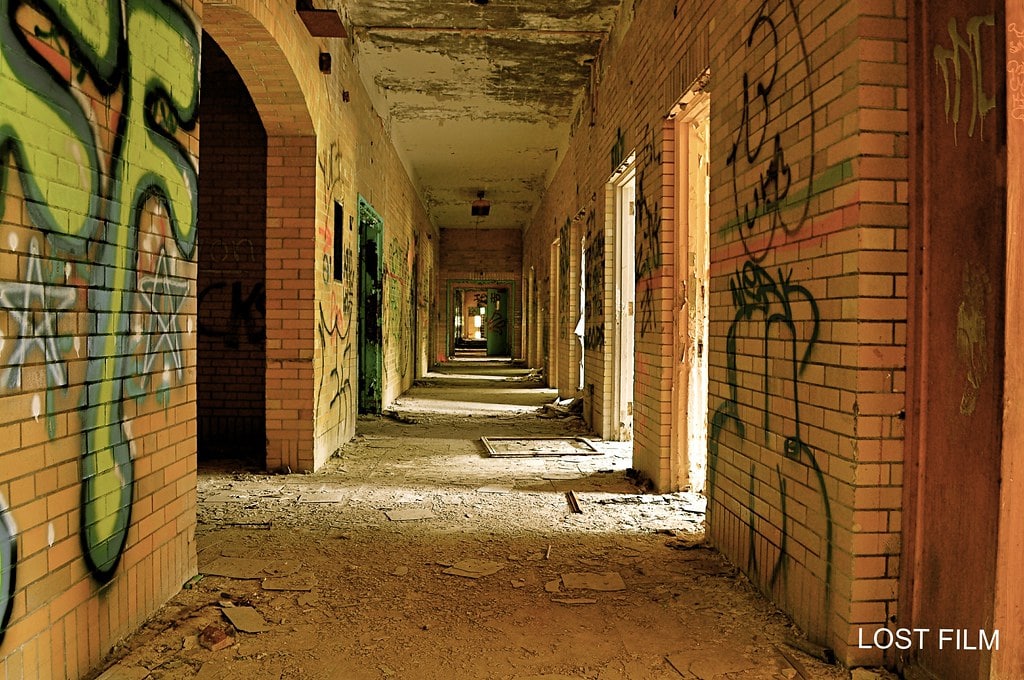Establishment and Early Years
Nestled in Marriottsville, in southern Carroll County, Maryland, the Henryton State Hospital complex once stood as a beacon of medical advancement and racial equality. In 1922, the Maryland Board of Mental Hygiene established the hospital, initially naming it the Henryton Tuberculosis Sanatorium.
Comprising six main structures and a utility plant, the original complex was built between 1921 and 1923. This construction marked a pivotal moment in Maryland’s efforts to care for all tubercular patients.
While Henryton was among the first facilities in Maryland to offer equal treatment to African Americans, some have argued that its primary function was containment and quarantine rather than genuine medical care for tuberculosis sufferers.
The establishment of the Henryton Sanatorium reflected the times, addressing the quadruple rate of tuberculosis among African Americans in Maryland compared to whites. It was a place of hope, healing, and controversy that would leave an indelible mark on the community.
Expansion and Challenges
The late twenties and early thirties saw a surge in the tuberculosis rate among African Americans in Maryland. The increasing demands placed a strain on Henryton, necessitating its expansion. In 1938, the hospital received a budget of $270,000 to erect new buildings, accommodating an additional 200 patients.
The expansion was not without its challenges. The hospital faced demands for a refrigerated morgue when it cremated and disposed of an African American child’s remains before notifying the parents. This incident, among others, added complexity to the hospital’s operations.
The construction of new buildings nearly doubled the facility’s size, with additional municipal structures further expanding the complex. Yet, by the time these buildings were finished in 1946, the tuberculosis rates had declined, resulting in more space than needed.

Henryton’s growth and challenges were emblematic of a broader struggle in healthcare during that era. The hospital’s expansion and its controversies painted a vivid picture of a community grappling with medical, social, and racial issues.
Transformation and Rehabilitation
In 1963, a significant transformation took place at Henryton. A merger between the Maryland Board of Mental Hygiene and the Department of Health led to the change of the sanatorium into the Henryton State Hospital Center.
The hospital ended its operations as a tuberculosis treatment facility and was converted to serve as a facility for the training and rehabilitation of adults with disabilities.

Upon its reopening in 1963, Henryton State Hospital was home to 200 residents, filling just over half of the 330 available spots within the facility. The rehabilitation program was a great success, returning many patients to their respective communities and some to the workforce.
However, the hospital faced challenges, including the sweeping away of the Henrytown Bridge by Hurricane Agnes in 1972. Despite these obstacles, the hospital continued to serve its community, reflecting a spirit of resilience and innovation.
Henryton State Hospital: Closure and Decay
The late seventies and early eighties marked a shift in mindset from institutionalization to more outpatient and home care.

The change towards outpatient and home care led to a decline in the number of residents at Henryton State Hospital. Consequently, the Maryland Department of Health and Mental Hygiene terminated the training program in 1984.
By 1985, Henryton had fewer than 100 resident patients, and operations were being phased out. The hospital was eventually emptied and secured, with doors locked and windows boarded up, marking its permanent closure. The once-bustling hospital became a site for urban explorers, vandals, drifters, and drug addicts.
The decades since the facility’s closure saw extensive damage to the buildings, suspicious fires, and a haunting sense of decay. The once-proud institution became a symbol of abandonment and loss, a poignant reminder of a bygone era.

Demolition and Legacy
Henryton State Hospital‘s story reached its conclusion with the hospital’s demolition. A sum of $3.5 million was set aside for the task, covering both the razing of the structures and the removal of asbestos. The entire project reached completion in September 2013.
The hospital was one of many historic buildings lost to arson and neglect in the region. Yet, its legacy lives on through the efforts of groups like Save Henryton, a non-profit organization founded specifically for the rehabilitation and preservation of the hospital.
Today, a site wall with a small plaque remains on site. The land where the hospital once stood has been integrated into Patapsco Valley State Park, with grass growing where the original buildings were. Henryton’s story continues to resonate, a complex tapestry of medical history, community, and memory.

Conclusion
The story of Henryton State Hospital is a rich and multifaceted one. From its establishment as a pioneering medical facility to its transformation, closure, and eventual demolition, Henryton’s history reflects broader societal changes and challenges.
Its legacy continues to touch the lives of those who remember it, a symbol of progress and loss. The hospital’s story is a testament to the power of community, resilience, and memory, a narrative that inspires and resonates long after its doors have closed.
